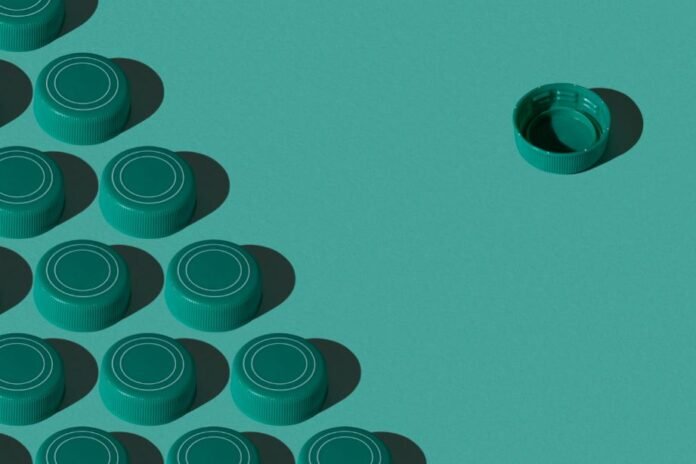At Shree Tirupati Balaji, we understand the importance of reliable packaging in maintaining product integrity and customer satisfaction. One of the most common issues faced in the packaging industry is plastic bottle leaks. Leaks can lead to product wastage, contamination, and a poor consumer experience. In this article, we explore the five common causes of plastic bottle leaks and highlight the significance of a quality Milk Bottle Neck Seal in preventing such issues.
1. Improper Cap Application
One of the primary reasons for plastic bottle leaks is improper cap application. During the capping process, if the cap is not aligned correctly or not tightened to the appropriate torque, it can result in a compromised seal. This improper application can create gaps through which liquids can escape, leading to leaks. Ensuring that the capping machinery is well-calibrated and regularly maintained can help mitigate this problem.
2. Defective Caps or Bottles
Another common cause of leaks is the use of defective caps or bottles. Manufacturing defects such as irregular threads, cracks, or deformities can prevent the cap from sealing properly with the bottle. At Shree Tirupati Balaji, we emphasize stringent quality control measures to ensure that both the bottles and caps meet the highest standards of integrity. Regular inspections and quality checks during the production process can significantly reduce the incidence of defective packaging components.
3. Inconsistent Bottle Neck Finish
The finish of the bottle neck plays a crucial role in the sealing process. An inconsistent or rough bottle neck finish can hinder the cap’s ability to form a tight seal, resulting in leaks. This is particularly important in products like milk, where maintaining freshness and preventing contamination is critical. The Milk Bottle Neck Seal needs to be precise and smooth to ensure a secure and leak-proof closure. Implementing precise manufacturing processes and utilizing high-quality materials can help achieve the necessary consistency in the bottle neck finish.
4. Inadequate Seal Design
The design of the seal itself is a vital factor in preventing leaks. An inadequate seal design that does not account for the properties of the liquid being contained or the conditions under which the bottle will be used can lead to failures. For example, a seal designed for a still liquid might not be suitable for carbonated beverages. At Shree Tirupati Balaji, we focus on creating seals that are specifically designed to meet the needs of different products, ensuring that they can withstand various pressures and temperatures without compromising the integrity of the seal.
5. Environmental Factors
Environmental factors such as temperature fluctuations and physical handling during transportation can also contribute to bottle leaks. Extreme temperatures can cause the plastic to expand or contract, potentially breaking the seal. Additionally, rough handling can damage the cap or the bottle, leading to leaks. To combat these issues, we recommend using materials that can withstand environmental stresses and implementing robust packaging protocols that minimize the risk of damage during shipping and handling.
Conclusion
Preventing leaks in plastic bottles is essential for maintaining product quality and ensuring customer satisfaction. By addressing the common causes of leaks—improper cap application, defective caps or bottles, inconsistent bottle neck finish, inadequate seal design, and environmental factors—businesses can significantly reduce the incidence of leaks. At Shree Tirupati Balaji, we are committed to providing high-quality packaging solutions, including reliable Milk Bottle Neck Seal designs, to help our clients achieve leak-proof packaging. Through rigorous quality control and innovative design, we ensure that our packaging solutions meet the highest standards of performance and reliability, safeguarding your products and your brand reputation.



